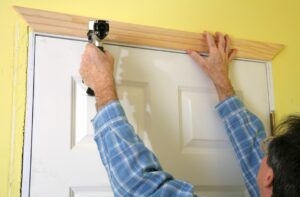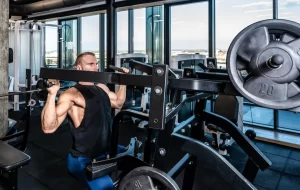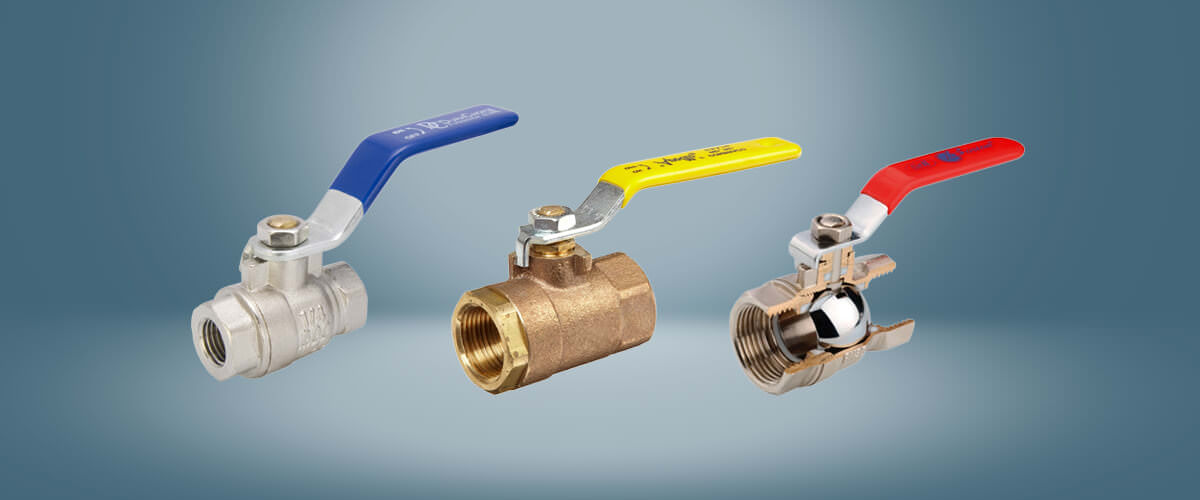
Comprehensive Guide to Types of Main Water Shut-Off Valves: A Deep Dive into Water Valve Varieties
Introduction
Water shut-off valves are crucial components in any plumbing system, providing a means to control the flow of water in residential, commercial, and industrial settings. Understanding the types of main water shut-off valves is essential for homeowners and professionals alike. In this comprehensive guide, we will explore the various water valve varieties, their functions, and common questions associated with them.
Different Types of Main Water Shut-Off Valves
1. Gate Valves
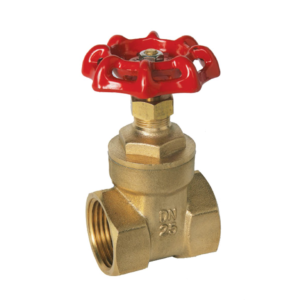
Description: Gate valves are among the most common types of shut-off valves. They feature a gate or wedge-shaped disc that, when lowered or raised, controls the flow of water. These valves are either fully open or fully closed, making them effective for on/off applications.
Pros:
- Simple design.
- Low pressure drop when fully open.
Cons:
- Prone to corrosion.
- May experience difficulty in operation over time.
2. Ball Valves
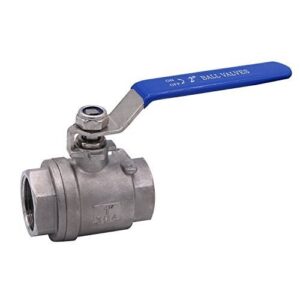
Description: Ball valves utilize a spherical disc (the ball) with a hole through its center to regulate water flow. When the handle is turned perpendicular to the pipe, the valve is closed, and when parallel, it’s open. Ball valves offer quick and reliable shut-off capabilities.
Pros:
- Fast and easy to operate.
- Less prone to corrosion.
Cons:
- May experience leaks over time.
- Higher pressure drop compared to gate valves.
3. Butterfly Valves
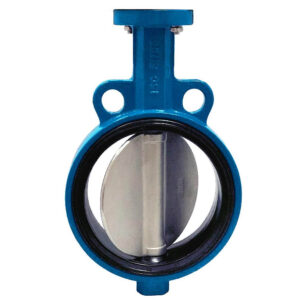
Description: Butterfly valves have a disk mounted on a rotating shaft. When the valve is open, the disk is parallel to the flow, and when closed, it is perpendicular. These valves are commonly used in large-diameter pipelines.
Pros:
- Lightweight and compact design.
- Cost-effective for large pipes.
Cons:
- Limited throttling capability.
- Susceptible to wear and tear.
4. Globe Valves
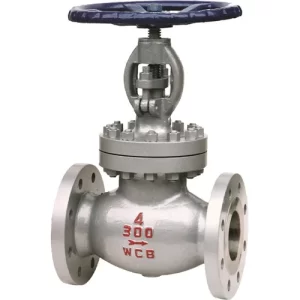
Description: Globe valves have a spherical body with an internal baffle and a movable plug. The plug can be raised or lowered to control water flow. Globe valves are suitable for precise regulation of flow and are commonly used in applications where throttling is necessary.
Pros:
- Excellent for throttling.
- Less prone to leaks.
Cons:
- Higher pressure drop.
- Bulkier compared to other valve types.
5. Stop and Waste Valves

Description: Stop and waste valves are designed to shut off the water supply to a specific location, such as an outdoor faucet. These valves often feature a drain port to allow residual water to escape, reducing the risk of freezing in cold climates.
Pros:
- Prevents freezing in outdoor applications.
- Simple design.
Cons:
- Limited to specific applications.
- May experience leaks over time.
6. Compression Valves
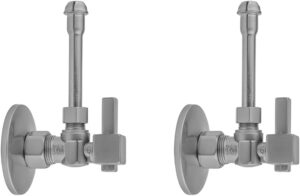
Description: Compression valves feature a threaded nut that compresses a soft metal or plastic washer against the valve seat, creating a watertight seal. These valves are commonly found in older plumbing systems.
Pros:
- Simple design.
- Easy to install and replace.
Cons:
- Prone to leaks.
- Requires more force to operate compared to other valve types.
7. Pressure-Reducing Valves (PRVs)
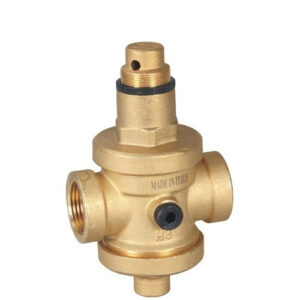
Description: PRVs regulate water pressure in a plumbing system, ensuring it remains within safe and manageable levels. These valves are crucial for preventing damage to appliances and fixtures caused by excessive pressure.
Pros:
- Protects plumbing system components.
- Extends the lifespan of appliances and fixtures.
Cons:
- Requires periodic maintenance.
- Installation may be more complex.
8. Check Valves
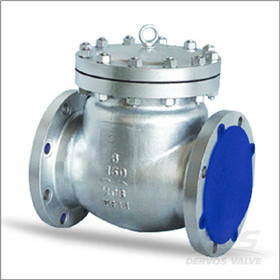
Description: Check valves allow water to flow in one direction only, preventing backflow. They are commonly used in sump pump systems, water heaters, and irrigation systems.
Pros:
- Prevents backflow.
- Low maintenance.
Cons:
- May experience issues with debris.
- Limited to specific applications.
9. PVC Ball Valves
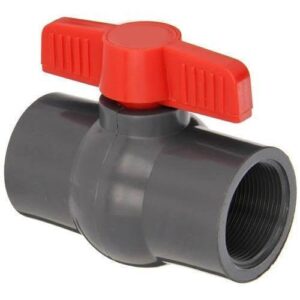
Description: PVC ball valves are specifically designed for use in PVC piping systems. They utilize a ball mechanism to control water flow and are commonly used in irrigation, pool, and spa systems.
Pros:
- Resistant to corrosion.
- Lightweight and durable.
Cons:
- Limited to PVC applications.
- May experience wear and tear over time.
10. Quarter-Turn Ball Valves
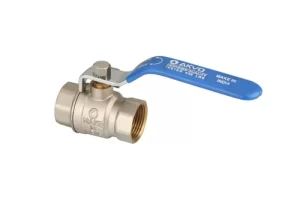
Description: Similar to traditional ball valves, quarter-turn ball valves offer the advantage of quick and easy operation with a simple 90-degree turn of the handle. These valves are often used in residential plumbing systems.
Pros:
- Quick and easy to operate.
- Reliable shut-off capabilities.
Cons:
- May experience leaks over time.
- Limited to on/off applications.
FAQs: Common Questions About Main Water Shut-Off Valves
Q1: How do I locate the main water shut-off valve in my home?
A1: The main water shut-off valve is typically located near where the water main enters your home. Common locations include the basement, crawlspace, or utility room. It may be near the water heater or in a water meter box outside.
Q2: How often should I test my main water shut-off valve?
A2: It is advisable to test your main water shut-off valve at least once a year to ensure it operates smoothly in case of an emergency. If you have an older valve, consider upgrading to a newer model for reliability.
Q3: Can I replace a shut-off valve myself?
A3: In many cases, replacing a shut-off valve is a DIY-friendly task. However, if you’re unsure or uncomfortable with plumbing work, it’s best to consult with a professional plumber to avoid potential issues.
Q4: What should I do if my shut-off valve is leaking?
A4: If your shut-off valve is leaking, it may need to be replaced. Shut off the main water supply to your home, and consult with a plumber to assess the situation and install a new valve if necessary.
Q5: Are there shut-off valves specifically designed for outdoor use?
A5: Yes, stop and waste valves are designed for outdoor use and are equipped with a drain port to prevent freezing. They are commonly used for shutting off water to outdoor faucets.
Q6: How can I prevent my shut-off valve from freezing in cold weather?
A6: To prevent freezing, insulate the area around the shut-off valve and consider using a stop and waste valve, which allows residual water to drain, reducing the risk of freezing.
Q7: Can I use a ball valve for throttling water flow?
A7: While ball valves are excellent for on/off applications, they are not ideal for throttling or regulating water flow. For precise control, consider using a globe valve.
Q8: What is the lifespan of a typical shut-off valve?
A8: The lifespan of a shut-off valve varies depending on the type, quality, and usage. In general, well-maintained valves can last for many years, but older valves may require replacement due to wear and corrosion.
Q9: Can a pressure-reducing valve improve water efficiency?
A9: Yes, a pressure-reducing valve can enhance water efficiency by maintaining optimal pressure levels. This not only prevents damage to appliances and fixtures but also reduces water waste.
Q10: Do all homes have a pressure-reducing valve installed?
A10: Not all homes have pressure-reducing valves installed. Their presence depends on local water pressure conditions and building codes. If in doubt, consult with a plumber to determine if your home would benefit from a PRV.
Conclusion
In conclusion, understanding the types of main water shut-off valves is essential for anyone involved in plumbing or responsible for home maintenance. Each valve type has its specific applications, advantages, and limitations. Regular inspection, testing, and maintenance of shut-off valves ensure their proper functionality in emergencies and contribute to the overall efficiency and safety of a plumbing system. Whether you’re a homeowner, a DIY enthusiast, or a professional plumber, being well-informed about the diverse world of water shut-off valves empowers you to make informed decisions and effectively manage your water supply.
Read about:bedroom 2 bath 1 story house plans embrace open floor

